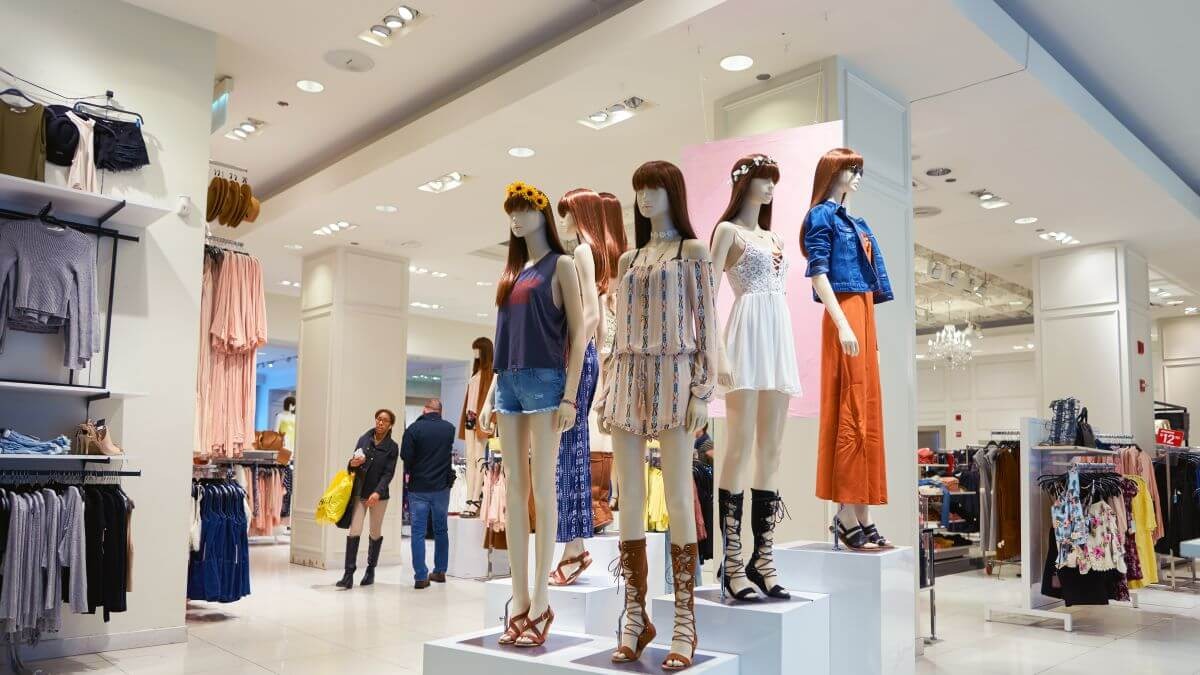
Displaying clothing, accessories, and shoes in a marketing setting to highlight the brand’s collections and designs is known as visual merchandising. This is the marketing tactic that a brand can use to get customers’ interest and involvement. For it to appear more presentable and beautiful, light, colour, and a favourable aspect are necessary.
Since consumers these days prefer to see an outfit in its entirety before purchasing it, visual merchandising is a successful marketing strategy. Making the store unique, drawing in customers, and eventually persuading them to buy are the objectives.
The purpose of visual merchandising goes far beyond decoration. It serves several critical objectives:
Engage Interest: The first measure of visual merchandising is, of course to stop the customer – especially when using window display space or store fixtures.
Communicate Brand DNA: Every fashion brand has their DNA – luxury, bohemian, streetwear, minimalism, etc. Their DNA is communicated in seconds through visual merchandising.
Enhance Customer Experience: An easy flowing, well designed store layout will contribute to the positive shopping experience by making navigation easy.
Increase Sales: The presentation of your merchandise is designed to create impulse purchases, or highlight products that are either high margin items, or trending items, or items identified for sale.
Narrative Building: Each season designers develop new collections based on themes. Visual merchandising is ipso facto furthering themes through displays, colors, and props.
To understand visual merchandising deeply, let’s break down its core elements:
The way a fashion store is structured influences customer flow.
Grid Layout: Commonly found in grocery stores and discount fashion retailers.
Free Flow Layout: Used in high end boutiques to create a comfortable browsing experience.
Racetrack Layout: guides customers along a planned path, to ensure they see the most product.
Often referred to as the “eyes of the store”, window displays are vital to fashion merchandise.
Lighting creates the mood and draws attention to product.
The way products are displayed will affect perceptions of value by customers.
Location in Display is Important!
Signage serves as a means of informing and persuading. Directional signage helps customers navigate through the store. Promotional signage highlights offers. Branding graphics build on identity.
Props support the storytelling process. Festive décor, seasonal backdrops, and cultural enhancements also add depth to displays.
Modern fashion brands are embracing technology:
Visual merchandising is more than a design discipline—it embodies the essence of fashion retail. A poorly displayed well-designed product won’t sell, and a mediocre product can become aspirational through visual merchandising. It’s referring to learning visual merchandising for fashion designers is as important as learning fabric and silhouette, as it determines how their creativity connects to the real world.